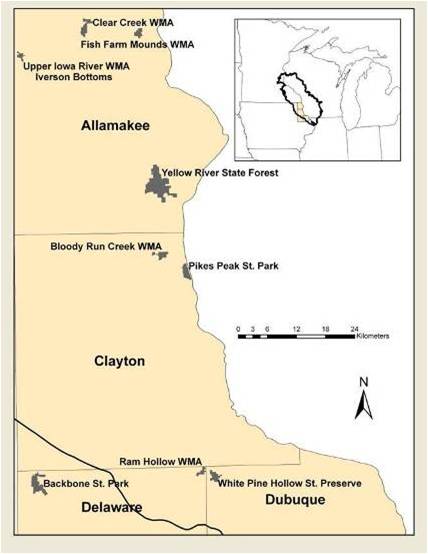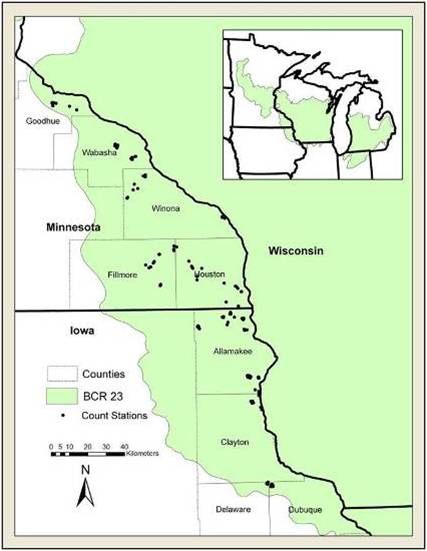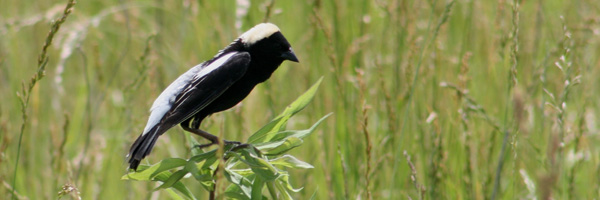
ECOLOGY & CONSERVATION BIOLOGY
IN THE MILLER LAB

ECOLOGY & CONSERVATION BIOLOGY
IN THE MILLER LAB
Contact: Jaymi LeBrun, Jim Miller
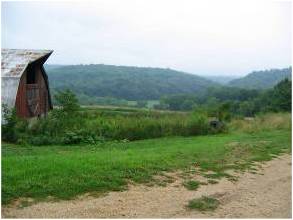
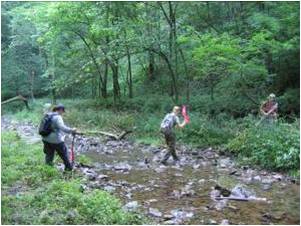
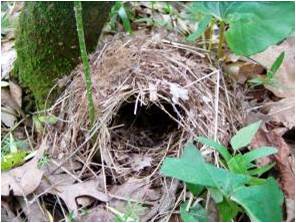
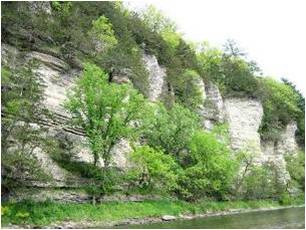
Central hardwood forests in the United States have been profoundly affected by human activities for millennia. Presettlement fire regimes resulted in vast expanses of forests dominated by oak (Quercus), a genus that is not typically dominant in the absence of fire. With settlement came a sharp reduction in fires, and open-canopy oak forests (where they had not been cleared for agriculture) rapidly shifted to closed-canopy forests dominated by shade tolerant species such as sugar maple (Acer saccharum) and basswood (Tilia americana). Widespread habitat modification and fragmentation, in combination with the extirpation of native predators, resulted in increased herbivory by white-tailed deer (Odocoileus virginianus), which has in turn contributed further to shifts in forest structure and composition. Against this backdrop of broad-scale human-caused impacts over relatively long periods of time are more recent threats, such as exurban development and competition from invasive plants. Collectively, broad-scale processes acting over long temporal scales and more recent threats that are more localized (at least at first) have affected habitats for woodland birds in a profound way.
One set of tools frequently used to inform decisions by land managers in such dynamic environments is species distribution modeling. The primary goal of this study was to evaluate different modeling approaches aimed at predicting the distribution of songbirds in forested habitats of the Driftless Area in the upper Midwest. This ecoregion covers portions of Iowa, Minnesota, Wisconsin, and Illinois, and is so-named because it was not covered by glaciers during the latter part of the Pleistocene epoch. As a result, the Driftless Area is characterized by highly dissected upland plateaus, abundant rock outcroppings, and deeply cut valleys, and has retained relatively more forested habitats than other regions in the Midwest. We first revisited a suite of forested sites in southeastern Minnesota and northeastern Iowa that were surveyed a decade earlier. We then quantified changes in habitat and landscape features during this period and used these measures to interpret shifts in avian community composition. Next, we developed predictive models based on the initial surveys and evaluated these models using our more recent data. Here, our objective was to assess the reliability of such models over relatively short time-frames and to gain some understanding of the frequency with which surveys should be conducted in this environment. We also examined the performance of regional models in terms of their ability to predict the relative abundance of avian species of conservation concern. Because such predictions in some ways represent a snapshot in time, we were interested in determining the ‘shelf life’ of model output given the dynamic nature of forest ecosystems. Here, we used point count data to evaluate the predicted distributions of two species: the Wood Thrush (Hylocichla mustelina), which tends to be associated with forest interiors, and the Blue-winged Warbler (Verminvora pinus), which tends to be found in transition zones. We examined model performance using field data collected both during model development (mid-90s) and one decade later.
Collaborators: Dr. Jerry Niemi, Dr. Bill Norris, Dr. Wayne Thogmartin
Funding: Iowa Department of Natural Resources, Minnesota Department of Natural Resources. USDA Forest Service
